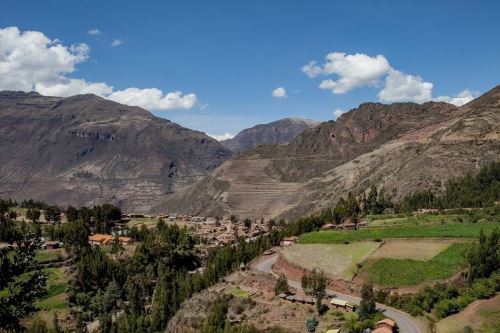The New York Times journalist also indicated that freeze-drying the potatoes for chuño is just one method used to increase their life after harvest.

"Dried potatoes in Peru come in many forms. They can look like pebbles —hard and smooth, in white or purple," Jaffrey wrote.
"They can look like large gravel, with different colors. But they can also be soft, tasting and smelling as funky as fermented bean curd or ripe cheese. Each has a different flavor and texture," he added.
Furthermore, Jaffrey was amazed by the meaning Peruvian farmers give to potatoes. "Potatoes were given superb treatment wherever I traveled," the journalist expressed.
Gastronomy
In his article, the writer also highlighted some traditional potato dishes from
Peruvian cuisine.
He indicated that Papa a la Huancaina was a dish made with boiled and sliced potatoes, as well as served with eggs, olives, lettuce leaves, and dressed with Huancaina sauce.
The main ingredient of this delicacy is the "aji amarillo," a long, aromatic, orange chili pepper.
The journalist also affirmed his favorite dish was causa, which —like lasagnas— "are layered terrine-like dishes, generally served cold, though room temperature can also work for some of them."
"Instead of pasta, potatoes —mashed and seasoned with an aji amarillo paste, lime juice, olive oil and salt— are the most important element in a causa," Jaffrey noted.
Other ingredients to prepare this dish include seafood salad, vegetable salad, chicken salad or, as in the Amazon region, pork-and-onion salad.
(END) LZD/MAO/JAA/MVB